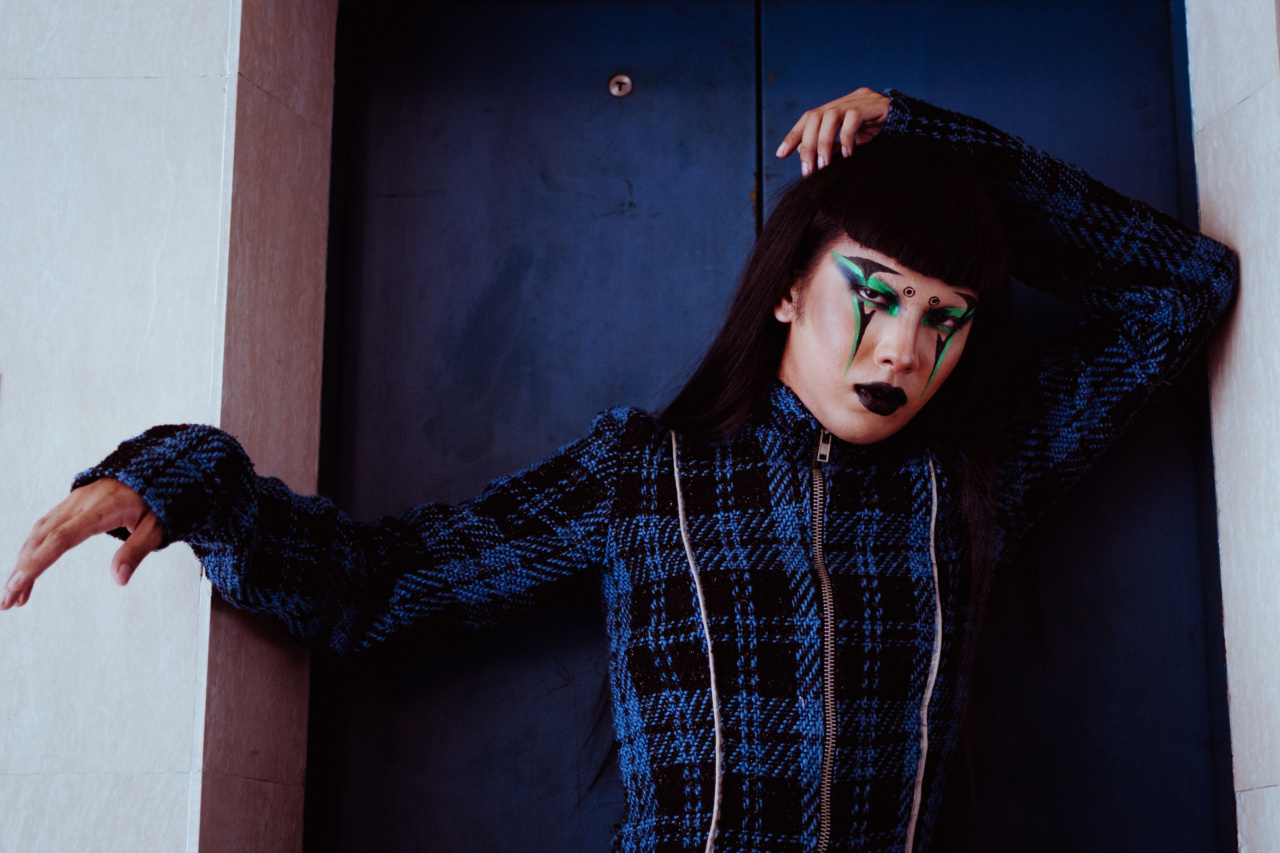In today’s beauty-obsessed culture, we often prioritize our appearance over our health. From skincare products to makeup, we are bombarded with a vast array of options promising to enhance our features and make us feel more confident.
However, what many of us fail to realize is that some of these products may be concealing a dark secret.
The Dangers of Chemicals in Lipsticks
Lipstick is an essential item in most women’s makeup bags. It’s a symbol of femininity and is used to enhance the beauty of our lips. However, many lipsticks contain harmful chemicals that can jeopardize our health.
One common toxic ingredient found in lipsticks is lead. Yes, you’ve read that right – lead, the same poisonous substance that was once used in paint and gasoline.
While lead is no longer legally allowed in these products, it is still legally permitted in lipsticks, among other cosmetics, in many countries. Research has shown that exposure to lead can lead to various health issues, including hormonal imbalances, fertility problems, and even cancer.
But lead is not the only dangerous chemical lurking in lipsticks. Other harmful substances commonly found in these products include parabens, phthalates, and synthetic pigments.
Parabens are preservatives that can disrupt our hormonal balance, while phthalates have been linked to developmental and reproductive issues. Synthetic pigments, on the other hand, can cause skin irritation and allergies.
Animal Testing: A Cruel Practice in the Beauty Industry
As if the toxic chemicals weren’t enough cause for concern, the beauty industry’s reliance on animal testing further raises ethical concerns.
Many cosmetic companies test their products on animals, subjecting innocent creatures to painful experiments in the name of beauty. From rabbits to mice, these animals endure unimaginable suffering.
Animal testing not only raises ethical questions but also has limited reliability when it comes to predicting effects on human health.
Animals differ from humans in various biological aspects, making the results of these tests less relevant to our biology. Alternative testing methods, such as in vitro testing and the use of artificial skin models, have proven to be more accurate and humane.
Industry Regulations: Are They Enough?
The cosmetic industry is governed by regulations, but are these regulations truly protecting us? In many cases, they fall short.
For instance, in the United States, the Food and Drug Administration (FDA) does not have the authority to approve cosmetics before they enter the market. Instead, they rely on voluntary testing and self-regulation by manufacturers.
This lack of oversight puts the responsibility on consumers to make informed choices.
However, without proper labeling standards and comprehensive ingredient lists, it’s challenging for consumers to decipher which products are safe and which ones are potentially harmful.
The Rise of Natural and Organic Cosmetics
The dangers associated with conventional lipsticks have led to a surge in the demand for natural and organic cosmetics.
Natural and organic lipsticks are made with plant-based ingredients, such as botanical oils and waxes, often incorporating natural pigments from fruits and minerals. These products are free from harmful chemicals, making them a safer alternative.
How to Choose Safer Lipstick Options
If you want to protect your health and still enjoy wearing lipstick, there are a few key things to consider when selecting products:.
1. Read the Ingredients List
Look for lipsticks that have a transparent ingredients list. Avoid products that contain lead, parabens, phthalates, and synthetic pigments.
2. Choose Natural and Organic Brands
Opt for lipsticks from natural and organic brands that prioritize the use of plant-based ingredients and sustainable practices.
3. Choose Cruelty-Free Products
Ensure the lipstick you choose is cruelty-free and not tested on animals. Look for certification from organizations like Leaping Bunny or PETA.
4. Research the Brand’s Ethics
Look into the brand’s stance on environmental sustainability, fair trade practices, and their overall commitment to social responsibility.
The Importance of Raising Awareness
Understanding the potential risks associated with lipstick and other beauty products is crucial for informed decision-making.
By raising awareness about the toxic truths behind liver lipstick, we can empower consumers to make safer choices and demand stricter regulations in the cosmetic industry.
Conclusion
While lipstick may seem like a harmless beauty product, the truth is far more alarming. The presence of toxic chemicals, the cruelty of animal testing, and the inadequate industry regulations all point to a need for change.
By opting for natural and organic alternatives and supporting ethical brands, we can take steps toward a safer and more conscious beauty industry.































